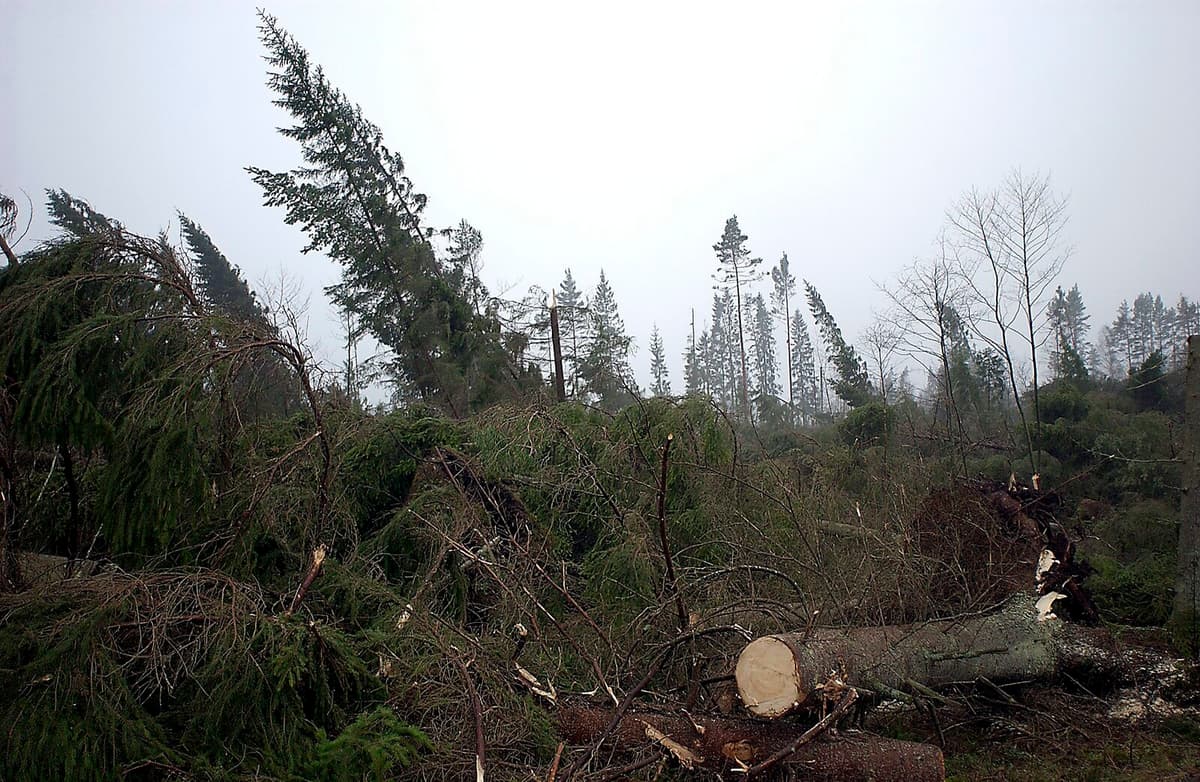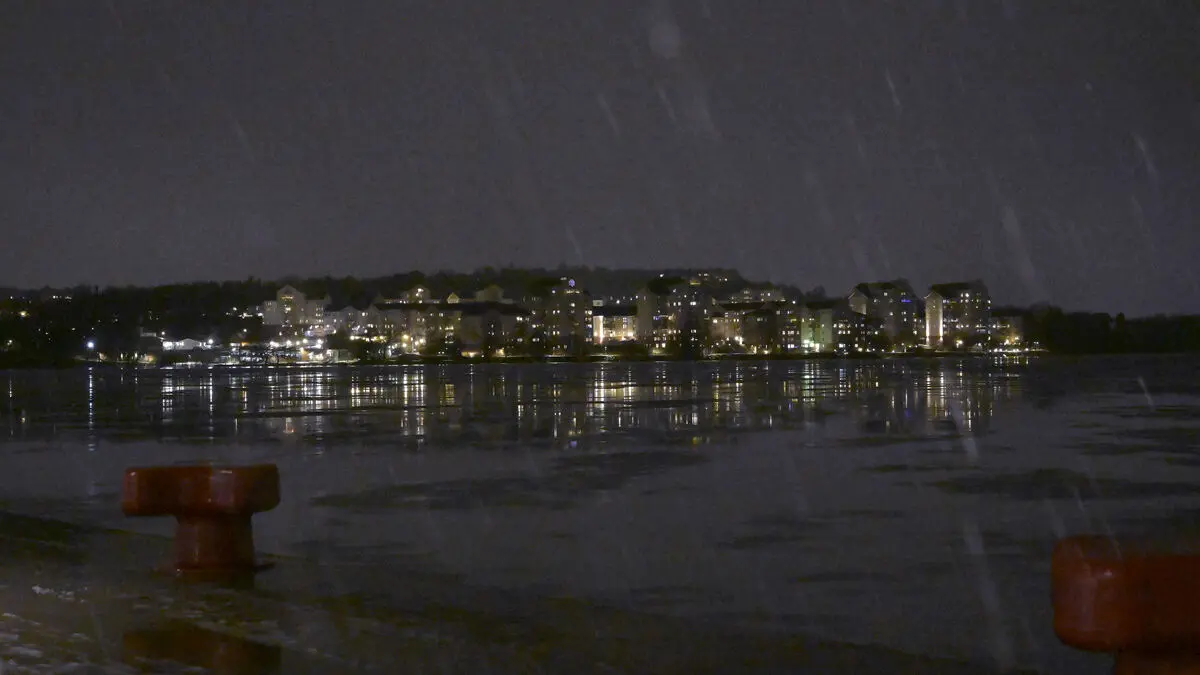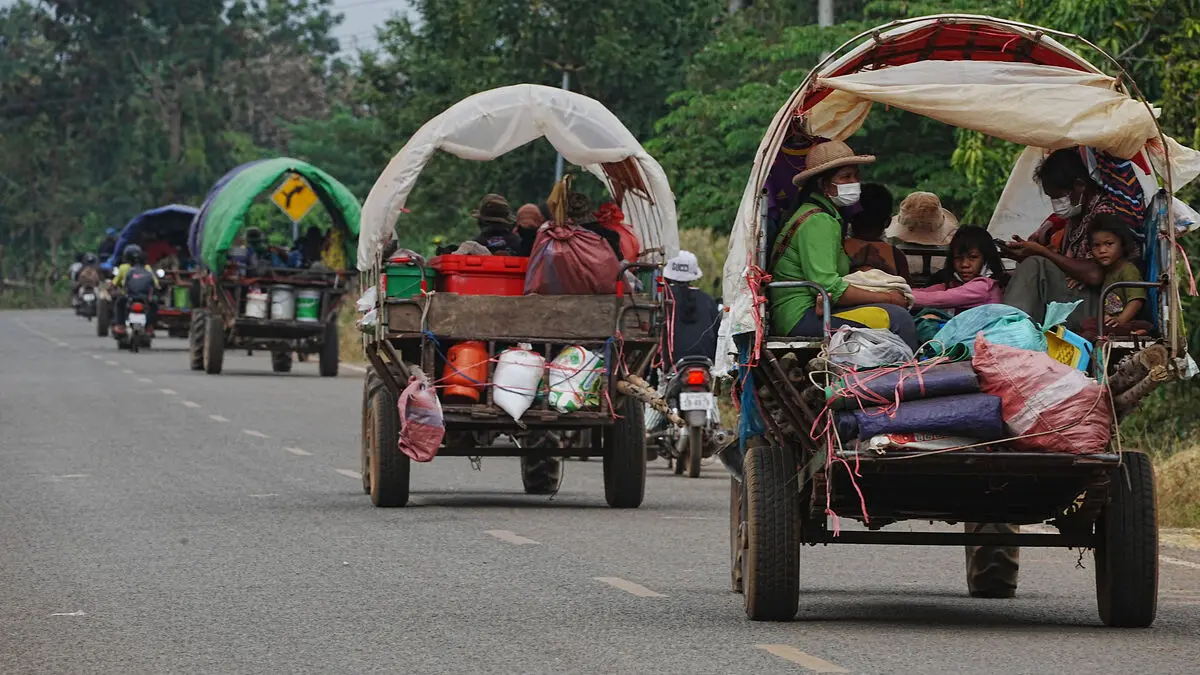The landscape was totally altered in many places when the wind died down.
Around 70 million cubic meters of forest had been felled or broken off in the storm. Moreover, roads were impassable, thousands of people were without electricity and telephone, rail traffic was at a standstill, and people were in shock.
Several people lost their lives in connection with the storm Gudrun – one of the most devastating weather conditions Sweden has experienced.
It became a crisis situation in Sweden. A terrible chaos. And the problems persisted for many for months, says Kristina Blennow, professor of landscape planning at the Swedish University of Agricultural Sciences.
How are the tracks after Gudrun visible today?
The tracks are still clearly visible in the landscape because it takes a long time, about 70 years, for the forest to grow back.
In just a few hours, as much forest was felled as is normally harvested in the country in a whole year, and that in a small part of Sweden, says Blennow. A personal catastrophe for many forest owners.
Among the tree species that fell, spruce was overrepresented.
Climate Adaptation
Lennart Svensson is a forestry specialist and national forest damage coordinator at the Swedish Forestry Agency. He notes that Gudrun has had significance, among other things, for how forests are managed.
Preventing storm damage has become an important part of climate adaptation work. More mixed forests and a more varied forest are part of it. It has also become more common with clear-cut-free forestry.
Would Gudrun strike as hard today?
Jan-Olof Olsson, who works with supply security at the Swedish Civil Contingencies Agency (MSB), does not think so. He believes that society is much better prepared now than 20 years ago, and that Gudrun is an important reason for this.
"Just in time"
At the societal level, there is increased awareness. You are better at forecasts and cooperation between authorities and geographically responsible parties, which enables you to concentrate and prioritize, he says.
According to Olsson, the infrastructure, including telephone and electricity supply, has become much more resilient over the past 20 years. At the same time, he emphasizes that many actors still have a way to go in terms of their own crisis preparedness.
Actors who conduct socially critical activities need to have a plan for when the infrastructure does not function. Today, it is often "just in time" instead of "just in case", he says.
The night between January 8 and 9, 2005, southern Sweden was hit by the storm Gudrun, with strong wind speeds of up to 33 m/s and gusts of up to 42 m/s.
The cause was an explosive deepening of a low-pressure system, which first emerged northwest of Ireland on Friday evening, January 7, and then moved towards Sweden.
The most severe and extensive damage occurred in Småland, Halland, northern Skåne, and Blekinge, as well as southern Västergötland.
The damage to the forest was exacerbated by the fact that the ground was wet and without frost. Pure spruce stands were affected the worst, and 80 percent of the fallen trees were spruces.
Seven people lost their lives directly in connection with the storm, and eleven people in connection with the hazardous cleanup work after the storm. At most, 415,000 households were without power.
The costs to society were enormous and have been estimated to be around 21 billion kronor.
Source: SMHI, the Swedish Forestry Agency, and the government, among others.





